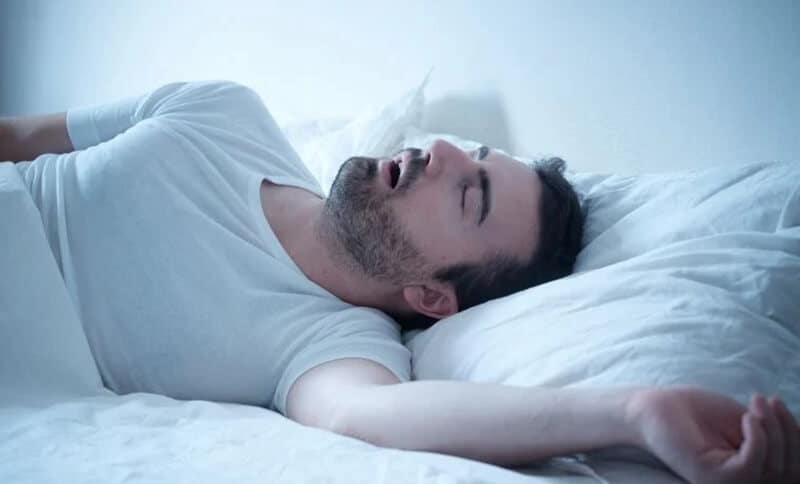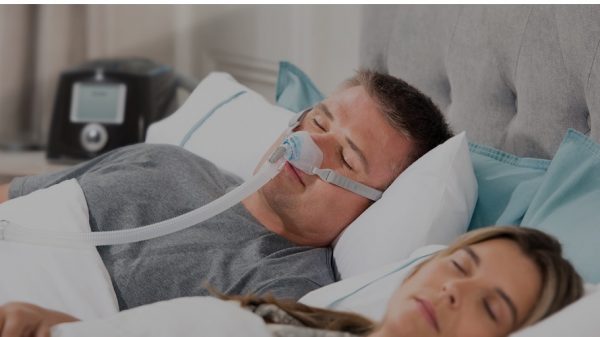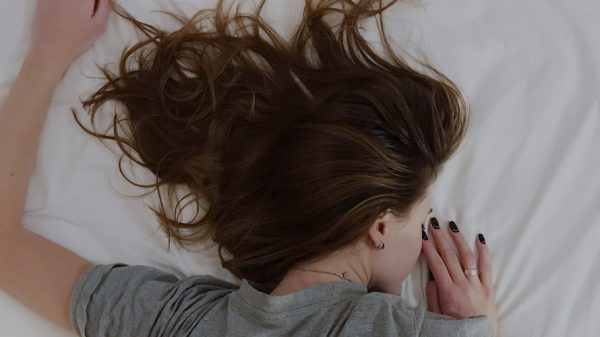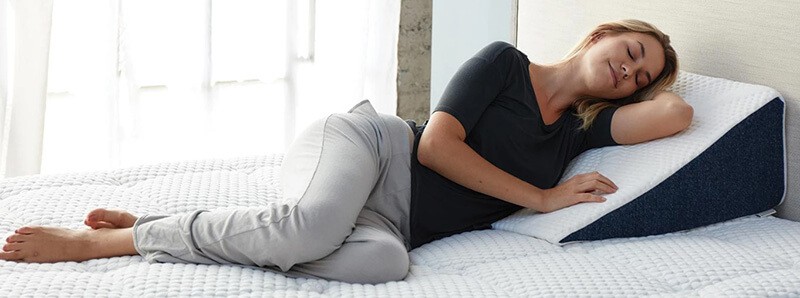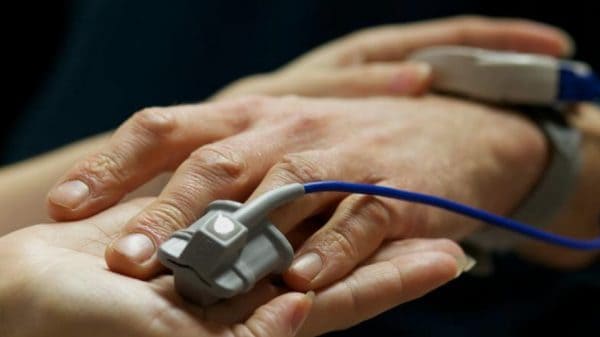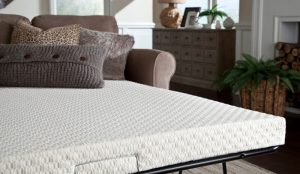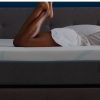What Is Sleep Apnea?
Obstructive sleep apnea is a condition that causes the muscles in the back of your throat to relax temporarily, causing your tongue and soft palate to constrict your airflow, and resulting in obstruction of sleep. People who suffer from apnea can wheeze and have difficulties breathing periodically through the night.
Most people who have sleep apnea are aware that while it may not be a dangerous condition in the short run, it carries a lot of dangers in the long run. Leaving sleep apnea untreated can result in restricted oxygen flow to the brain, heart, and other vital organs, potentially hindering their function throughout the years. Sleep apnea patients are more likely to have strokes, brain damage, heart attacks, as well as diabetes type 2.
What Causes Sleep Apnea?
There are several factors that can cause sleep apnea in adults. The primary risk factor is obesity since fat deposits around the throat can press down on your upper airways and constrict normal breathing. The use of alcohol, smoking, and nasal congestion can all constrict your breathing as well. Other risk factors are hereditary, such as a naturally thicker neck, narrower throat, being male, being older, and a family history of sleep apnea.
Luckily, sleep apnea is treatable, with treatment usually combining lifestyle changes such as losing weight and quitting alcohol and smoking, to wearing a nighttime mask called “continuous positive pressure device” (CPAP) which keeps your airway open while you sleep. However, there is a new device that is more convenient and sleep-friendly than bulky CPAP masks – Inspire Sleep.
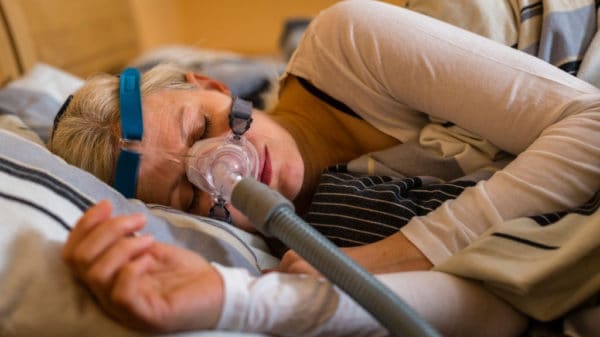
What Is Inspire Sleep?
Inspire Sleep is a small device that is placed inside the throat and used during sleep to open your airway, helping you to inhale. The device is placed under the skin of your neck and chest during a short, minimally invasive procedure in an outpatient setting. It is the only FDA approved device for treating sleep apnea from within your body, which means it is safe, practical, and effective.
Keep reading to find out what are inspire sleep pros and cons.
Inspire Sleep Pros And Cons
Pros of Inspire Sleep Therapy
Unobtrusive
The Inspire implantable device does not interfere with your daily life, such as exercising, working, and eating, and you won’t have the chance to roll out any eccentric developments to your own eating regime, either. Apart from being small, it is also implanted into your body and easily controlled by small a handheld remote, which means you won’t need all that extra space for a bulky CPAP machine or go through the hassle of putting it away when you wake up every morning.
Maintenance
In the first year of your Inspire Sleep device implantation, your physician will want to see you periodically, once every several months. However, upon confirmation that the device is working properly and there are no side-effects, you will need to have a checkup once every year.
The battery of the Inspire Sleep device will last around 10 years, after which your remote control will show you signals that the battery is low. You will need to see your physician in order to replace the battery, which is a short and easy procedure.
The battery on your remote is a standard, 9-Volt battery which can be easily replaced.
Simple to Use
The Inspire device can be used effortlessly at night and before sleep as it is activated with just the click of a button on your remote control. It is easy to use at home, on your travels, or anywhere else you may need to sleep or grab a quick nap. It is easily controlled even by patients with physical and mental disabilities, as it does not require intricate calibration, setting up and putting away like its CPAP machine counterpart.
Cons of Inspire Sleep Therapy
Invasive
Unlike the other sleep apnea treatments, the Inspire gadget is embedded under the skin of your neck and chest, so it will need an invasive medical process. You may also experience low-level discomfort after it is implanted. However, although requiring an invasive implantation procedure, the invasiveness is minimal, as it requires only three tiny entry points.
Battery Replacement
Although the battery life of the Inspire device is incredible, lasting up to 10 years, the battery will still require an invasive procedure under local anesthesia when it starts to run out.
MRI support
Some versions of the Inspire device are not compatible with MRI scans. That means that you may not be able to get an MRI scan for other potential health issues due to a high risk of bodily harm to the tissue surrounding the device. However, the most recent version of the Inspire – the Inspire 3028 – is made to be entirely compatible with MRI scans provided that your doctor follows specific guidelines, which means you can attend your health checkups undisturbed.
Price
Even though CPAP machines and similar machines range from $1,900 to $4,500, the Inspire implantation device alone, without the cost of the implantation, costs over $20,000.
Luckily, there are more than 100 health insurance companies that provide subsidies for Inspire implantation, while several Medicare contractors have recently announced that Medicare will be covering Inspire costs in the states covered by the contractors.
While it comes with both pros and cons, the Inspire Sleep apnea treatment is gaining popularity in the medical circles as a safe and effective alternative to CPAP machines and other conventional sleep apnea treatments. Both you and your physician will have to decide if Inspire Sleep is suitable for you.
Sleep Apnea FAQ
What are the types of sleep apnea?
There are three main sleep apnea types.
- Obstructive sleep apnea – this is the most common type of sleep apnea, which occurs when the muscle tissue supporting your tongue and throat relax, obstructing your airway.
- Central sleep apnea – less common, this type of sleep apnea is attributed to the brain not sending adequate breathing signals to the muscles that control your breathing.
- Complex sleep apnea syndrome – occurs when both the obstructive and central sleep apnea exist at the same time and is also known as treatment-emergent central sleep apnea.
How to know if you have sleep apnea?
The signs and symptoms of different types of sleep apnea can overlap, making it hard to ascertain which kind you have sometimes. Your physician will be able to tell you what kind(s) of sleep apnea you have after running some tests, but the most frequent symptoms and signs of central and obstructive sleep apneas come with:
- Loud snoring during sleep
- Short periods where you don’t breathe during sleep that you don’t remember that your partner or family member brings your attention to
- Gasping for air during sleep
- Waking up with a dry mouth
- Morning headache
- Difficulty staying asleep (insomnia)
- Excessive daytime sleepiness (hypersomnia)
- Lack of focus
- Irritability
What is the best position to sleep with sleep apnea?
If you suffer from sleep apnea, you have probably experienced the frustration that comes with interrupted sleep or morning headaches. Many sleep apnea patients are curious to know what sleep position is best for sleep apnea.
- Left side – sleeping on your left side is proven to be more effective at alleviating sleep apnea symptoms than sleeping on the right side. It also helps reduce acid reflux, which also triggers sleep apnea in some cases.
- Stomach sleeping – for some sleep apnea patients, sleeping on your stomach may be the solution because the tissues and muscles around the throat are pulled downwards and the risk of airway obstruction is minimized.
- Right side – while less favorable than sleeping on your left side, sleeping on your right side may prove to be more suitable for you because it may just be more comfortable.
If you are curious to know more about Inspire therapy for obstructive sleep apnea, check out this video:
Did this page about Inspire Sleep for sleep apnea help you? If you are suffering from sleep apnea, you could also benefit from a sleep apnea mattress tailored specifically to alleviate sleep apnea symptoms. Make sure to also find out what the best sleep position for sleep apnea is in order to get a good night’s sleep.

